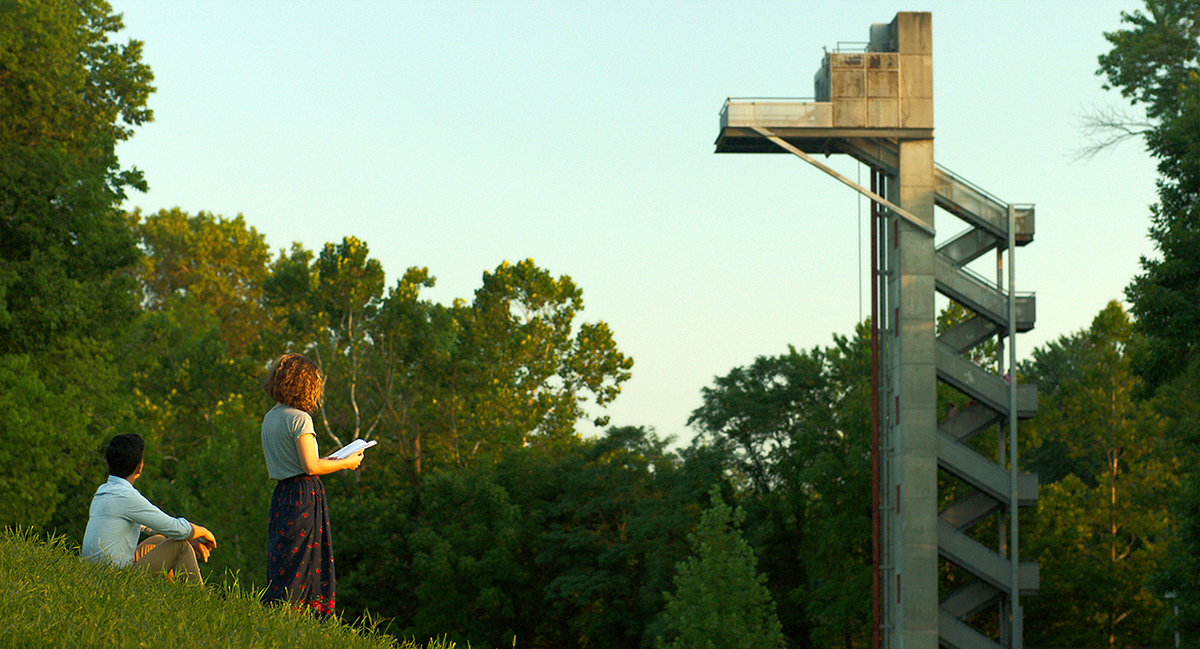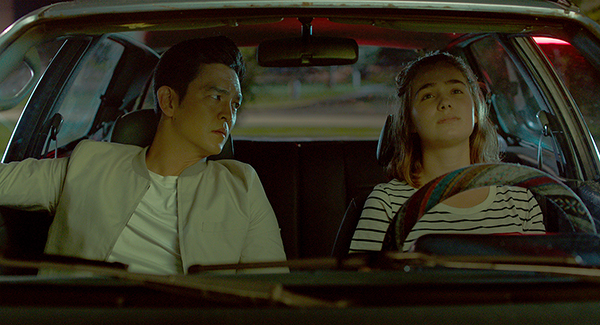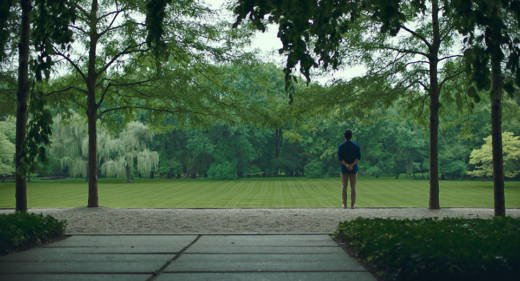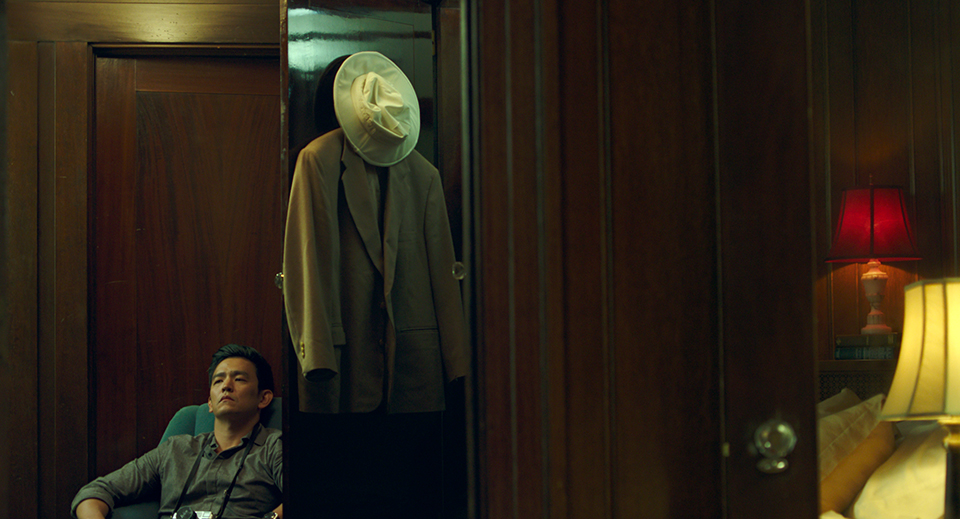The American Dream collides with the American Nightmare in Kogonada‘s feature film debut Columbus. That’s Columbus, Indiana — not Ohio. If you’re not a self-professed “architecture nerd” like the director, maybe you’ve never heard of this Midwestern town with a population of approximately 46,000 inhabitants. If you are, you know some of the 20th century’s greatest modernist architects designed schools, houses, office buildings and churches in Columbus, Indiana, making it an unexpected mecca for the medium.
Kogonada films these structures reverently. His camera lingers on their facades, often for minutes at a time. He wants the viewer to take them in, to appreciate the achievements of modernists like Eliel and Eero Saarinen, Robert A.M. Stern, I. M. Pei, Gunnar Birkerts and Harry Weese. But Columbus isn’t a documentary or a biopic about any of these towering figures. Nor does it expand much on the history or motivations of J. Irwin Miller, the local industrialist who encouraged the architects to build there.

Instead, Kogonada — also responsible for the screenplay — places two characters, like living chess pieces, inside and against the visual riches of this skyline. Jin (John Cho) and Casey (Haley Lu Richardson), both adrift for different reasons, warm their backdrops — environments made of glass, steel and concrete. Thematically, the filmmaker draws inspiration from the Japanese director Yasujirō Ozu. There’s an epigraph from Ozu’s Tokyo Story that applies to both filmmakers: “As long as life goes on, relationships between parents and children will bring boundless joy and endless grief.”
Jin arrives in town after his father, a visiting architect giving a lecture, unexpectedly falls ill. Father and son haven’t been close, and this trip only further dislocates Jin as a stranger in a strange land. In a phone interview, the director talked about Cho’s reaction to his script, “I remember him saying to me, ‘As I get older, I just want to play quiet more.’ I want for him to have that chance to show us that range, which is so important. Most Asian American males that I know are really thoughtful, reflective, existential people who have these kind of conversations. And some of us know martial arts as well but we’re also mostly wrestling with what it means to be human. And I hardly ever see us having that kind of conversation. I want to see that more.”

Casey spots Jin outside the hospital. After they share a cigarette, the symbol of a lighted spark, she offers to be his tour guide on an architectural odyssey through the town. Both characters are facing down damaged relationships with a parent. For her part, Casey is a recent high school graduate working in a library while she figures out what, if anything, comes next for her. She’s comfortable in Columbus, but she’s also holding herself back from venturing beyond its borders and away from her mother.




